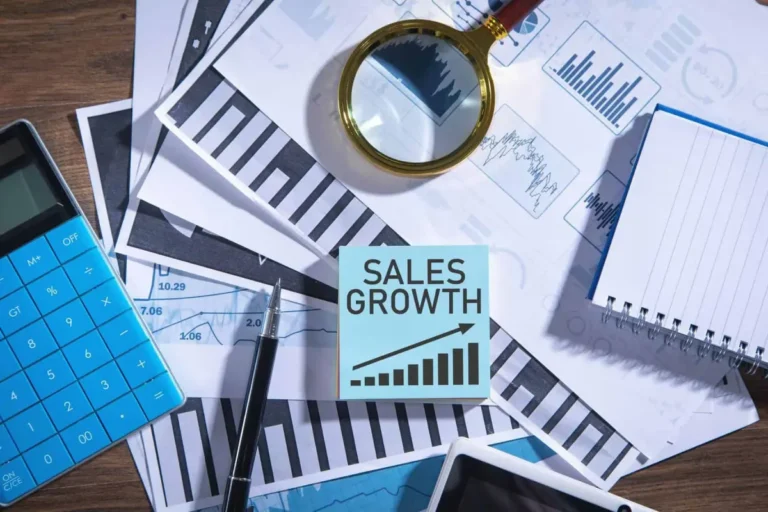Big data is having a profound effect on business. Already, it has improved how companies look at risk management, open new opportunities for revenue growth and reduce the potential for fraud. Big data has also increased speed to market, allowing virtually any company or person to launch an app in days instead of years. Yet big data’s biggest impact could eventually be on what happens after you buy something — how companies communicate with their customers and provide service.
Big Data as Risk Buster
The financial services industry has long known that managing risk can make or break profits. When risk-management software was first used to identify risky clients, brokers who were earning substantial commissions suddenly lost their best customer prospects because they appeared too risky. This experience taught the brokerage industry the value of information. Risk managers started to look for more risk-related information, ideally from just one source that could be merged to create a comprehensive view.
According to Aron Govil big data makes this possible by combining internal data from disparate systems with public and private data sets to provide a complete picture of each customer or prospect. For example, financial services companies now use big data analytics tools to reduce credit card fraud by understanding transaction patterns in real time and preventing fraudulent transactions before they happen. This increased visibility also gives banks the ability to prioritize their efforts around new account openings (and cross-sell opportunities).
Big Data to Expand Your Marketing Reach
With traditional marketing tactics, it can take years for marketers to understand the impact on sales of any single campaign. With big data, marketers gain insight into how consumers think and behave from the moment they are in market for a product. This helps marketers personalize their outreach, sending messages that appeal directly to each individual’s preferences and needs.
Big data analytics makes it possible to identify key characteristics of profitable customers — such as number of dependents or home values — and target only those most likely to buy a given product or service. For example, a bank can use big data analytics to determine which current account holders might be interested in a new savings offering by identifying accounts with similar attributes (such as balances) among its database, then segmenting that group according to customer behavior and purchase history.
In today’s hyper-connected world, the ability to combine and analyze data from multiple sources rate high on the list of competitive advantages. This is especially true with Big Data Analytics.
It is a strategic tool that can be used to meet a variety of organizational needs, including:
Improving operational processes/decision making in business intelligence
Creating new revenue streams by crunching numbers about customers’ purchase history and interests for marketing purposes
Defining better relationships between clients and employees
Finding new ways to reduce cost just by examining available customer, production or financial data. The possibilities are endless!
To get started using big data in your business, answer these questions:
1. What types of information do you need?
2. What decisions do you need to make?
3. How will it influence your actions and decision making?
Use tools like Google Analytics, Facebook Insights or Twitter Analytics to identify what data you already have access to; this information will help you determine how big data can best support your business goals. Remember, all businesses are unique; the process of understanding the usefulness of big data analytics involves several steps that need to be tailored specifically to each organization. Your purpose should always be kept in mind when implementing any kind of changes within your business environment; don’t lose sight of it while trying new things! If becoming more efficient is part of the plan, then start by identifying ways in which technology can contribute most efficiently towards that goal (this holds true for any kind of goal, not just efficiency-related). Once you have a clear idea on how to best use the data available in your business, make sure that everyone is properly trained and educated about big data analytics. In many organizations, this may be a good opportunity to implement an enterprise wide training program. When every team member understands what data is at their disposal and knows when and what kind of data they should be analyzing, it becomes much easier to align goals across the company.
Conclusion:
Big data is a game changer. It can drive greater market share, provide efficient services and reduce costs – leading to increased profits. But big data does not mean you have to abandon your business strategy. Many companies are already using it as part of their strategy to stay ahead of the competition that’s why they are experiencing great success in both consumer-facing businesses and within their own internal IT systems.
Read more: Ingenious Ways for Smaller Businesses to Profit from Big Data




